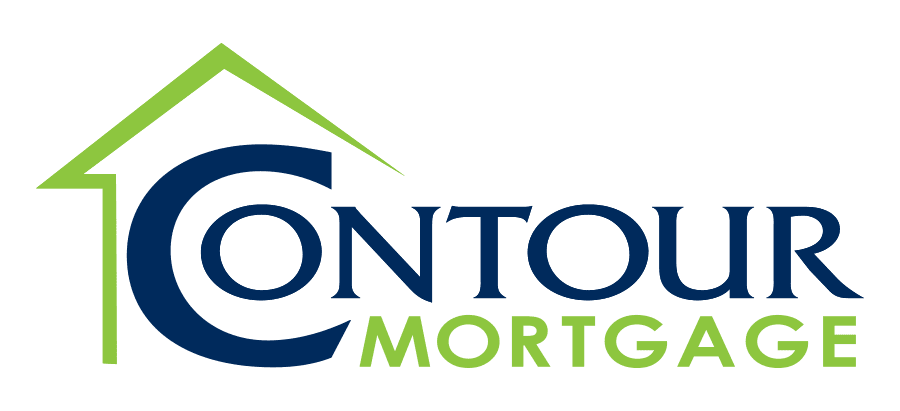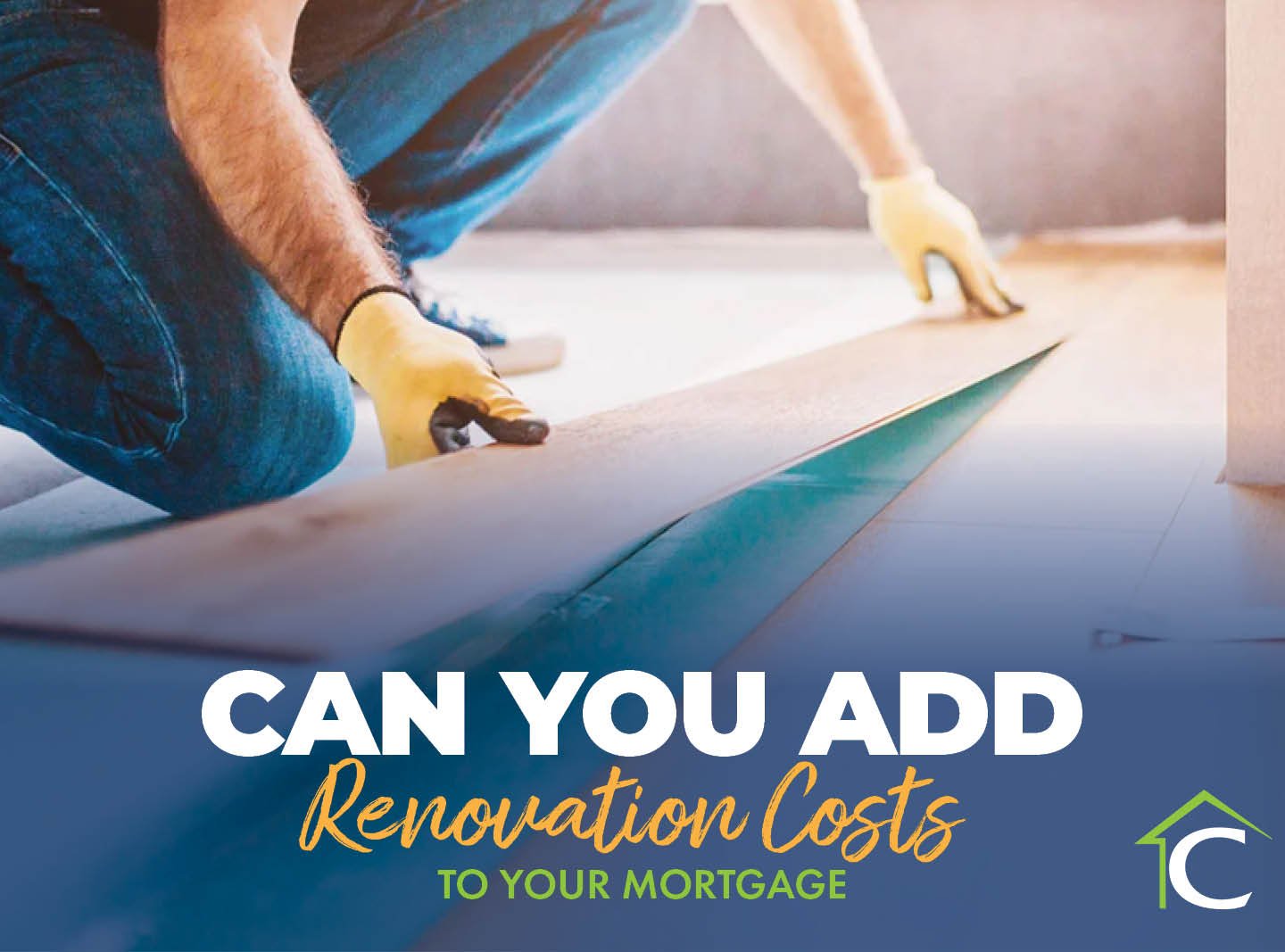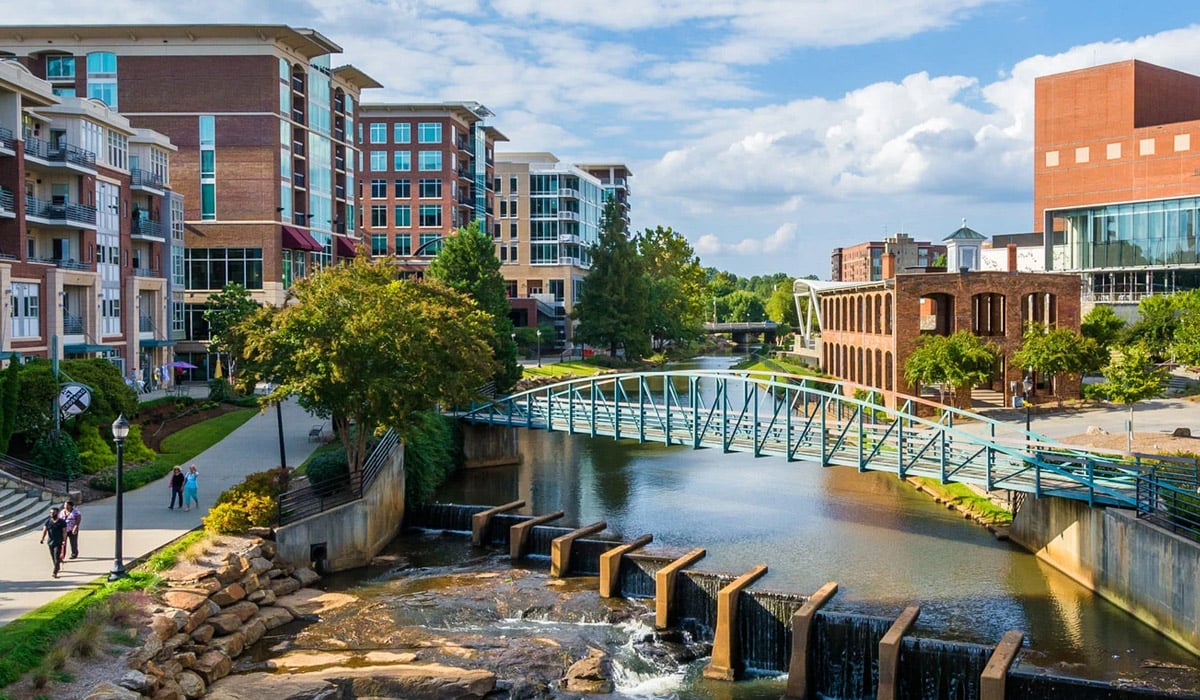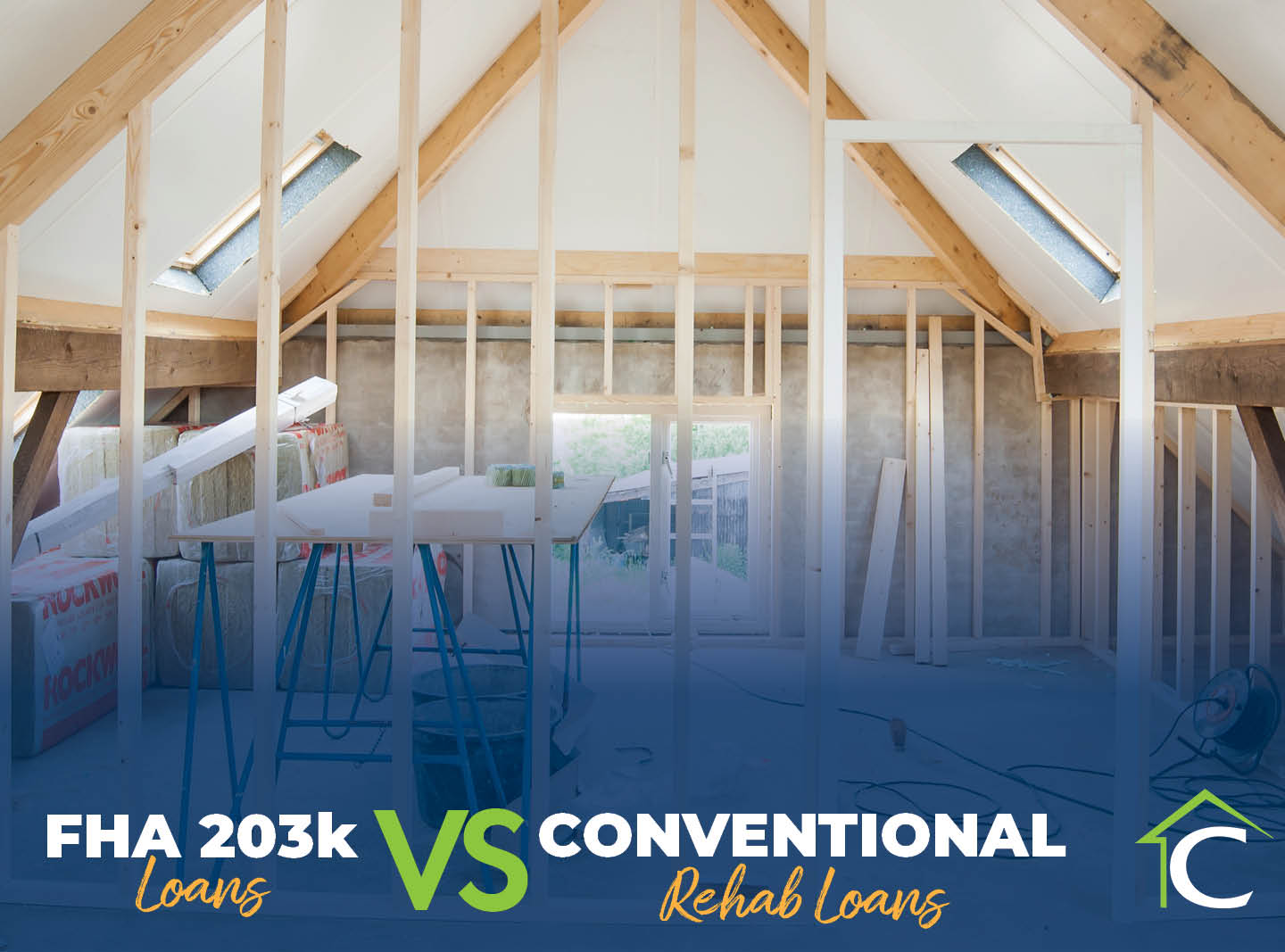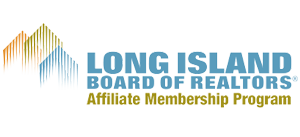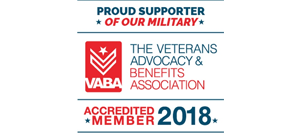Home remodeling projects can get quite pricey when you figure in all of the associated costs. As such, if you’re considering a renovation effort to freshen up your home, you’re probably going to think about borrowing money in order to complete the necessary work.
Luckily, there are smart and cost-effective options for homeowners looking to remodel their residence. Renovation loans are for people who don’t have the up-front cash to finance a large-scale home remodel—and these loans can be for everything from a refurbished kitchen to a new roof or even an entirely new addition to the house.
When you purchased your home, it was a major investment in your future. Home improvement loans offer the money needed to bolster that investment with updates and repairs. However, not all home improvement and rehab loans are the same and what works for some people, might not work for others.
Let’s take a look at the different types of rehab loans that you, as a homeowner, have at your disposal, while also examining the qualification process.
Renovation & Repair Loans
A wide array of finance options are available to you whether you’re in the market for a fixer-upper or if your current home is in need of an upgrade. When you finance a home renovation, it increases comfort and functionality, but the effort can also boost the value of your home, should you decide to sell in the future.
And no matter when you decide to take on a renovation project, these loans are available to you at any time—at the beginning of the home-buying process or even years after you’ve completed the purchase, as long as you’re eligible. What’s most important is that you learn about qualification standards for each type of available loan, as different renovation loans often require a diverse set of criteria.
Now, let’s take a look at the most common home renovation loans, along with some of the requirements for each one.
Home Equity Loan
If you’ve established equity in your home, this might be the option for you. Basically, that means your home is worth more than what you currently owe on it. So, if your home is valued at $400,000 and you owe $300,000 in monthly payments, that means you have $100,000 in home equity built up.
A home equity loan allows you to apply for a loan that borrows against that amount. A mortgage lender will usually allow you to borrow up to 80% of your available equity, contingent on your eligibility. If you have the home equity available, the lender will grant you the requested amount in a lump sum to be used to meet your financial needs at your discretion. While this loan can be used for a wide range of expenses, it’s commonly used for home renovations because of the large amount and the lower interest rate compared to personal loans. But if you borrow more than you need for renovations, you can use the extra funds as you see fit.
Common aspects of a home equity loan include a highly flexible 5- to 30-year term, along with a fixed interest rate—the latter of which protects you from volatile changes in the market and unpredictable circumstances.
FHA 203(k) Loan
FHA 203(k) are government-issued loans geared toward borrowers looking to start renovating their new house immediately after closing on a home. With this type of loan, the purchase amount of the home and the renovation funds are separated, with the renovation funds placed into an escrow account. The contractors you use for the renovation project are paid directly from the escrow account as the work progresses—this guards against financial calamity and helps homeowners with the unexpected nature of buying fixer-uppers.
To secure an FHA 203(k) loan, you can make a down payment as little as 3.5%. However, it’s important to note that there’s a required 6-month timeframe when the renovations have to be completed, so it's crucial to know exactly what renovations are needed before closing—but on the plus side, renovations can begin as soon as the purchase is completed.
Click here to learn the FHA's rules on house flipping.
Fannie Mae HomeStyle™ Renovation Mortgage
The Fannie Mae HomeStyle™ loan product provides funds for purchases or a refinance, with additional funds for home improvement projects. Loan amounts can go as high as 50% of the appraised value of the property after completion of the renovation. Fannie Mae-approved contractors would handle the bulk of the renovation project, but the HomeStyle™ option would allow the homeowner to perform up to 10% of the project’s value.
Freddie Mac Renovation Mortgage
Freddie Mac’s Renovation Mortgage runs along the same lines as the HomeStyle™ program mentioned above. However, this particular product allows funding for properties that aren’t occupied by the owner—investment properties and second homes, for example.
Takeaway
A renovation project can be a massive undertaking, but it can certainly be rewarding to make your home just the way you like it and increase its equity. The key is finding financing that is right for you and your particular circumstances. Take the time to do a little research—but you should also reach out to mortgage lenders who specialize in this type of financing, such as Contour Mortgage.
